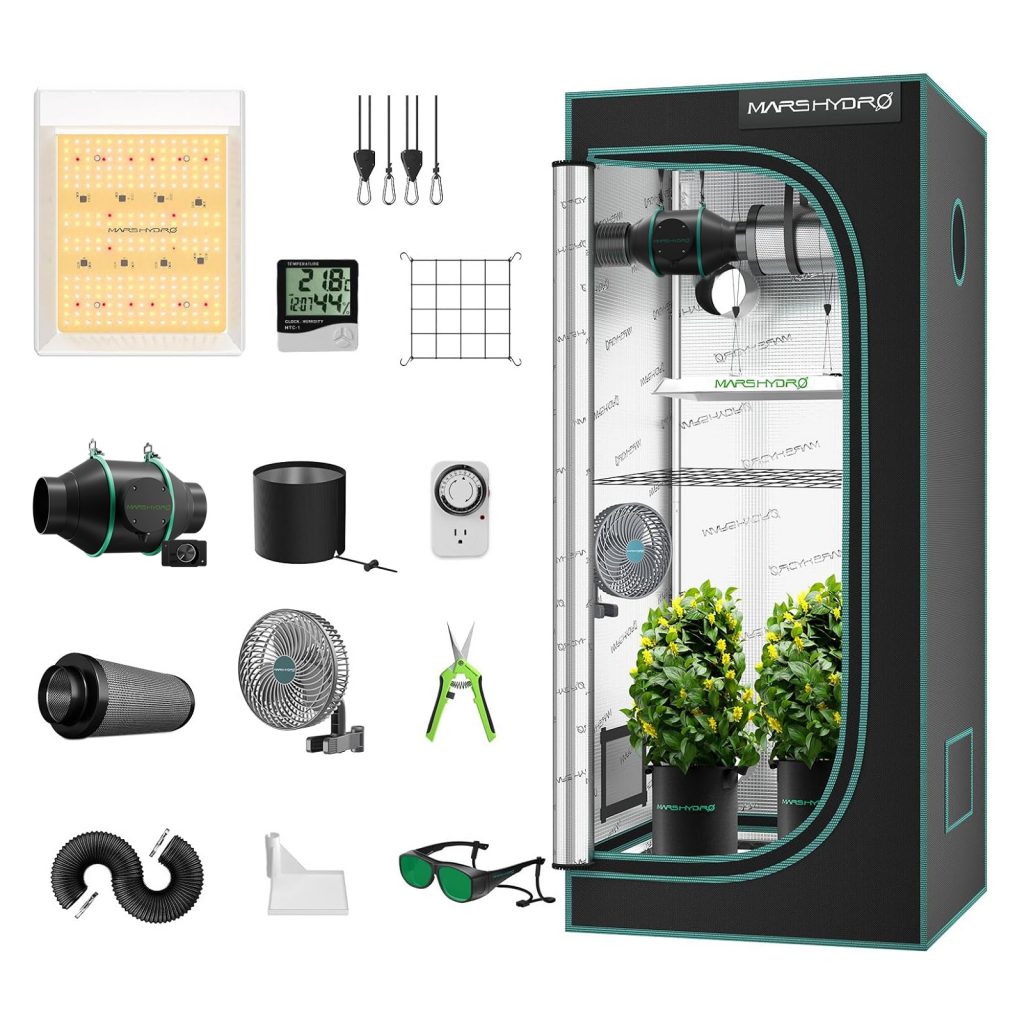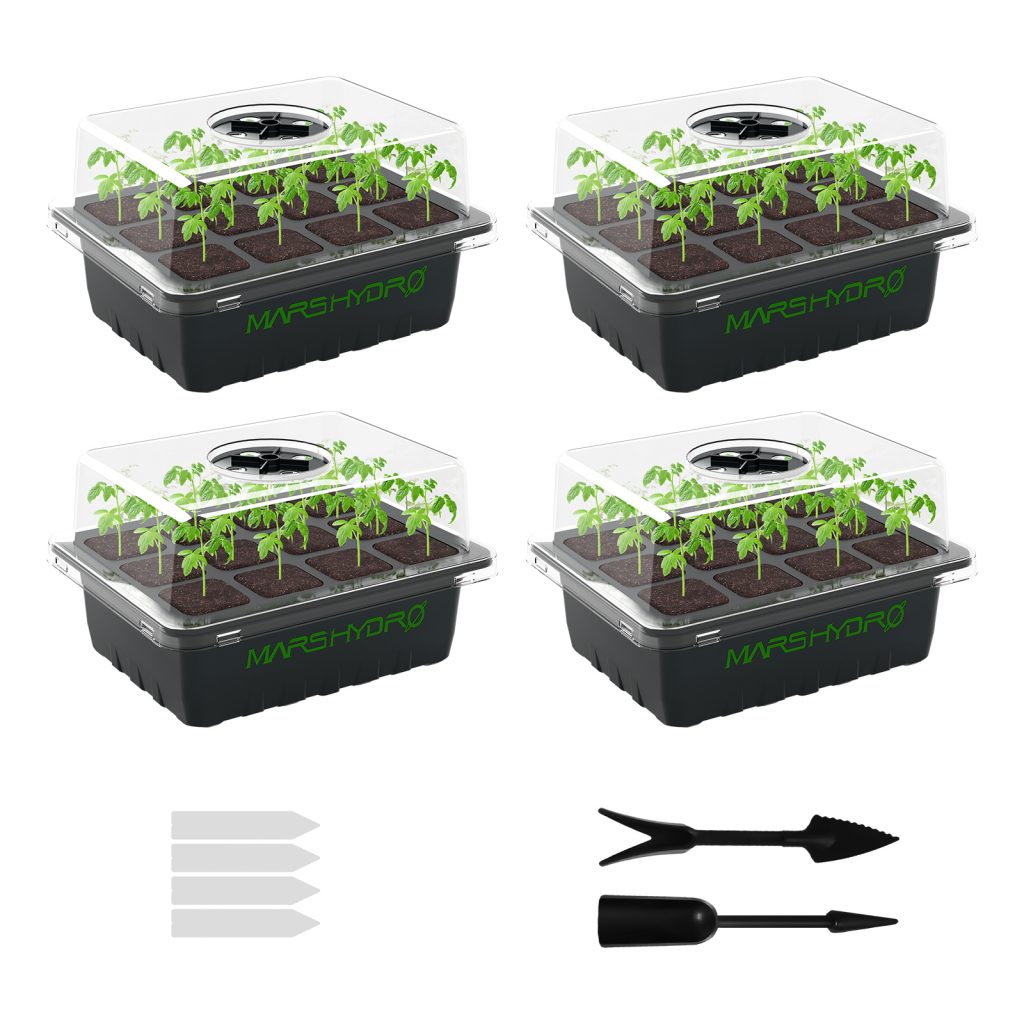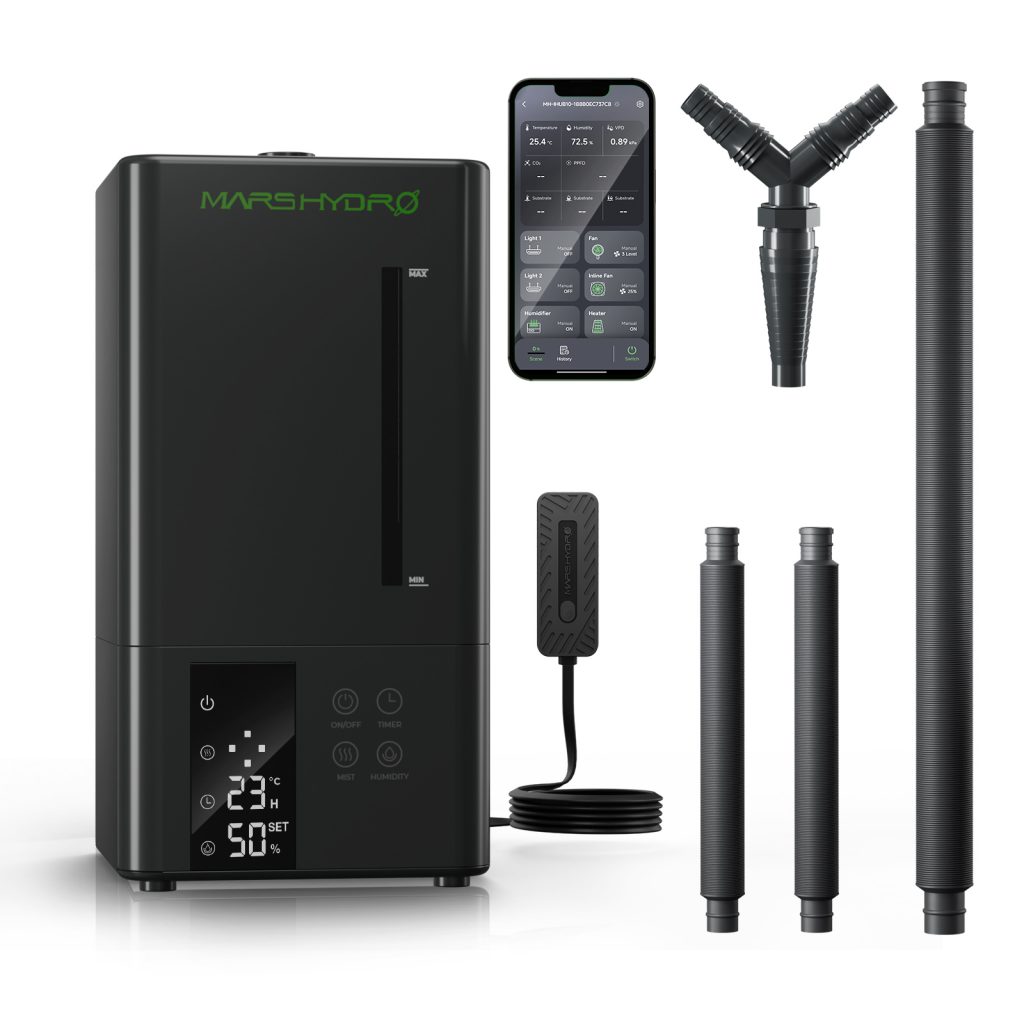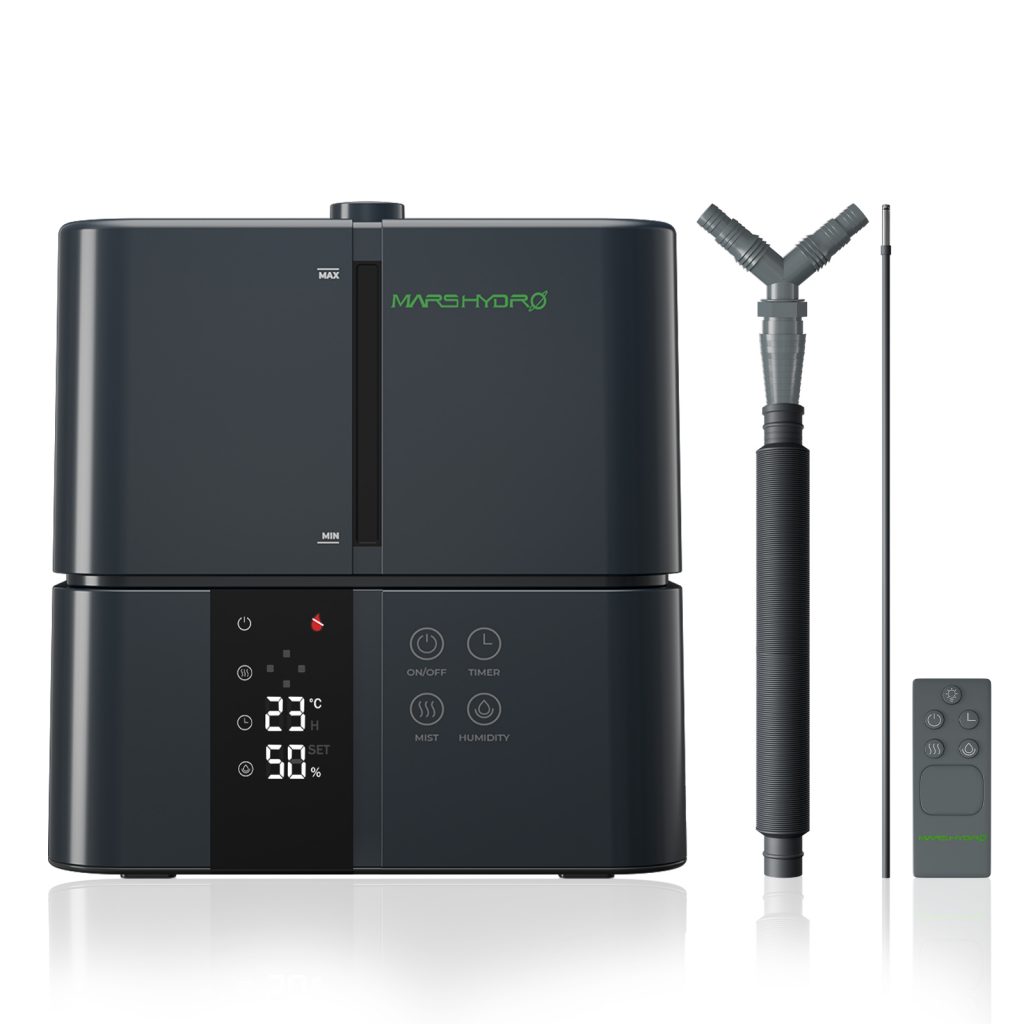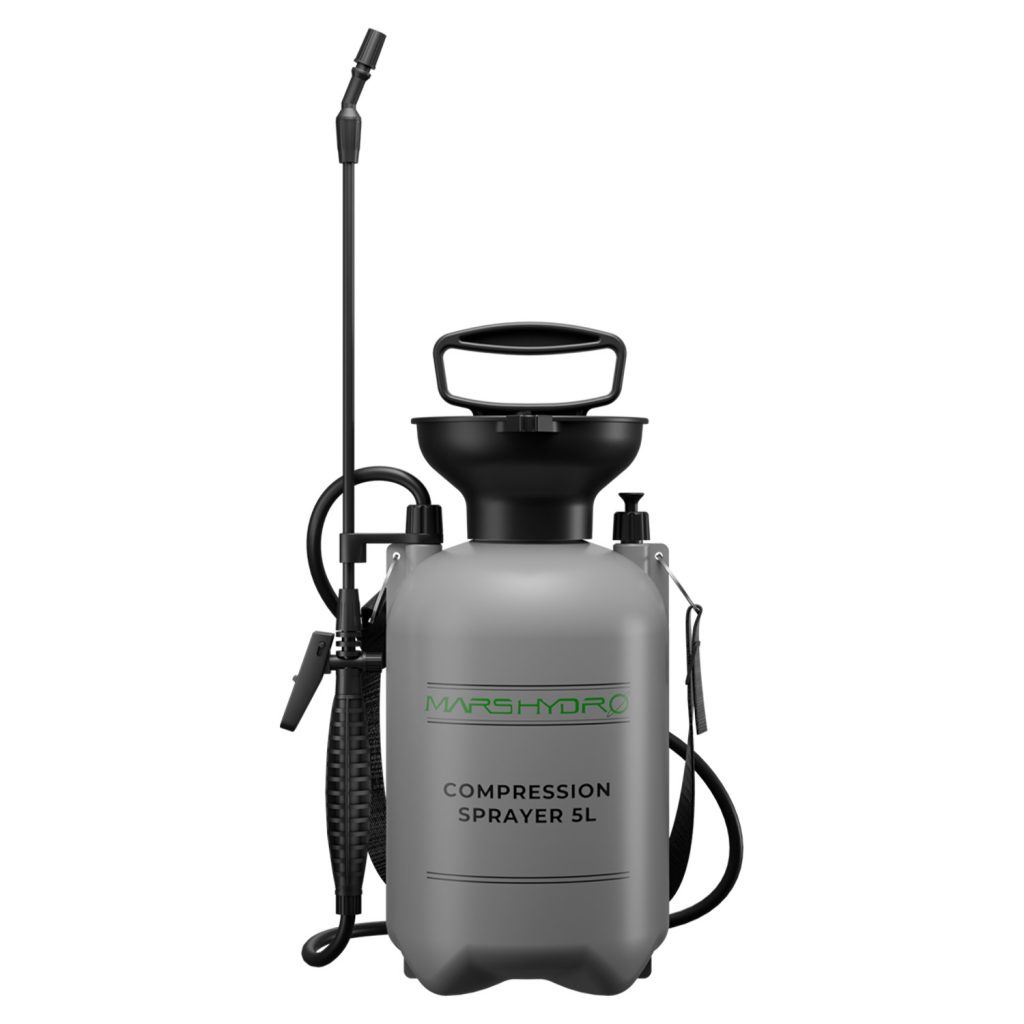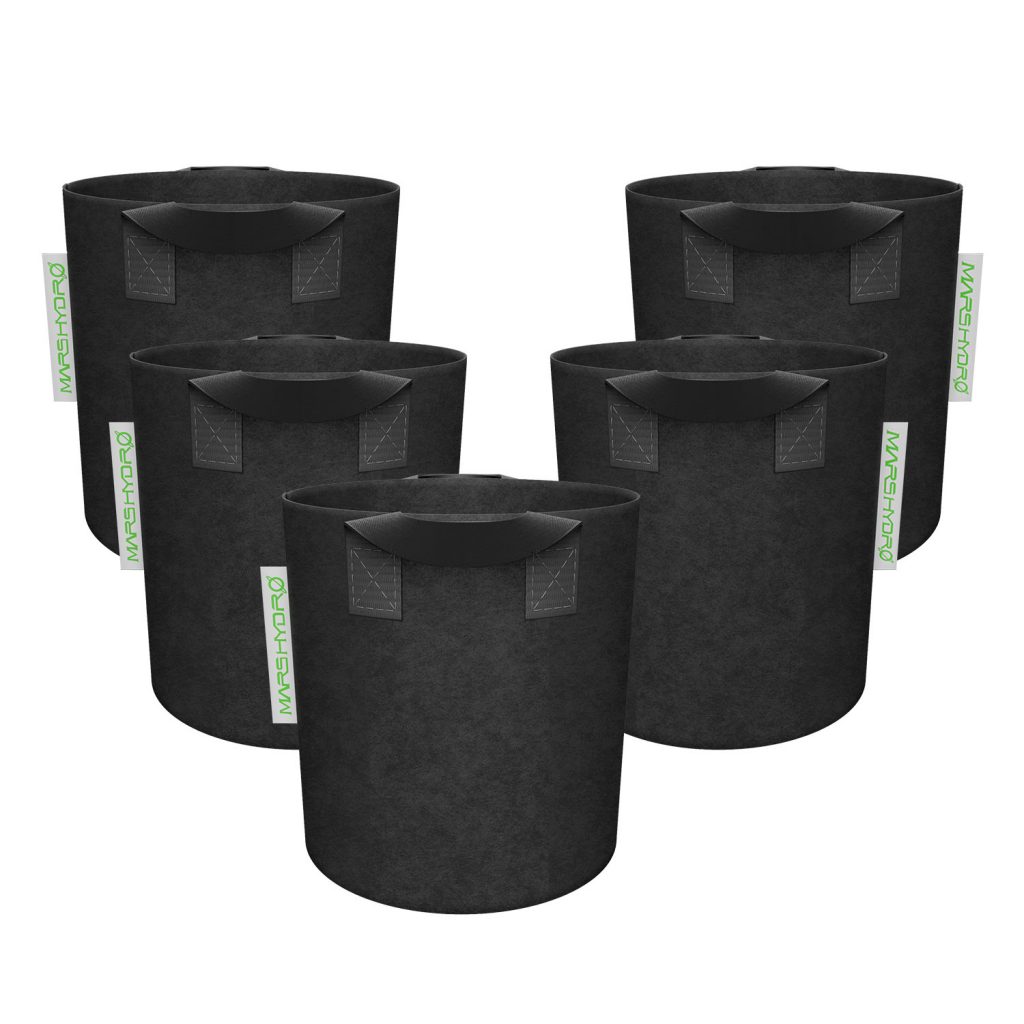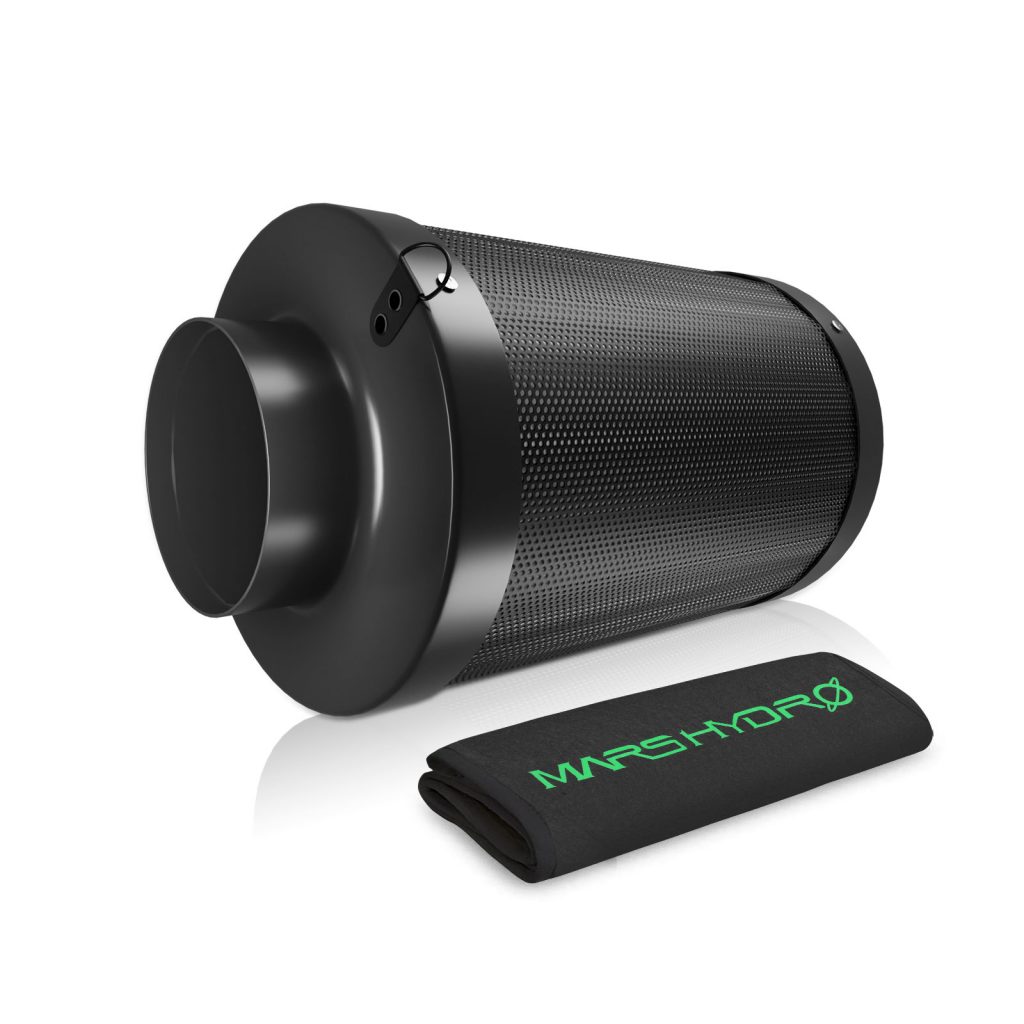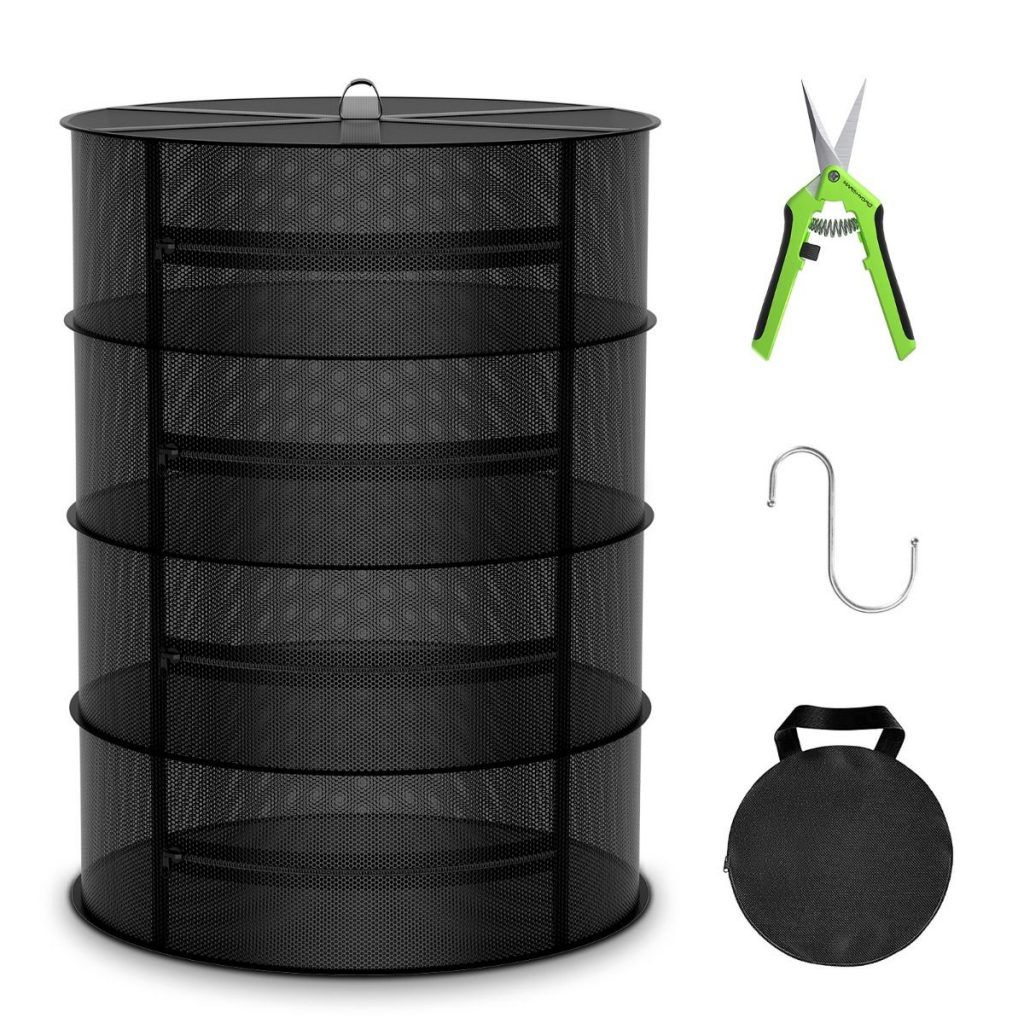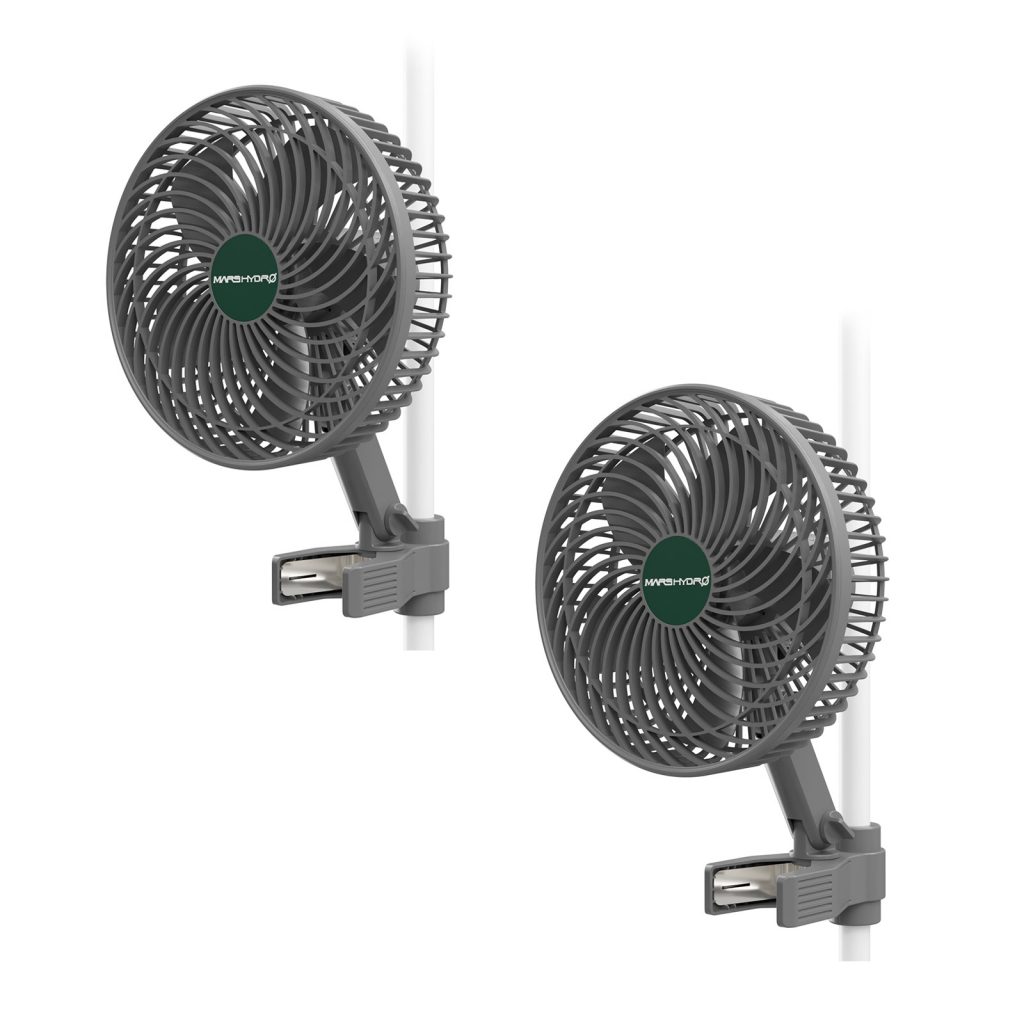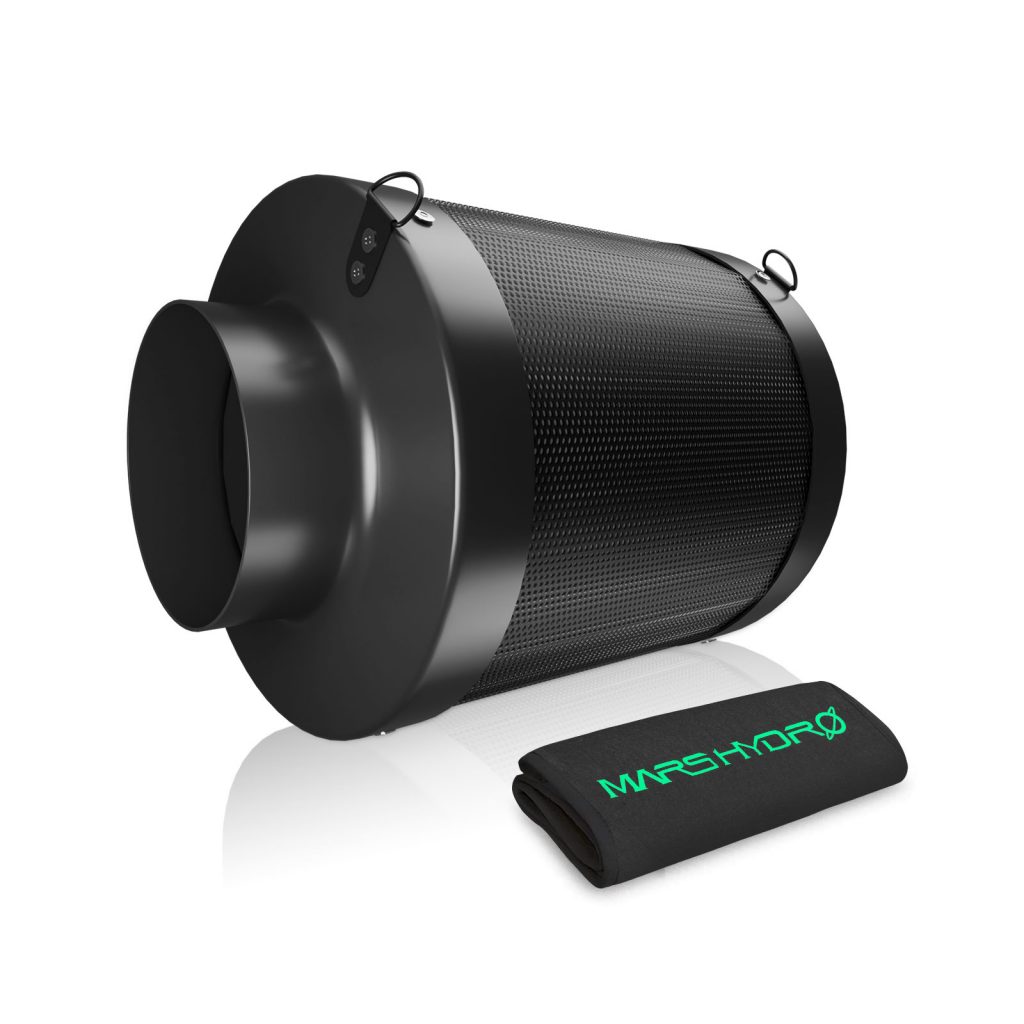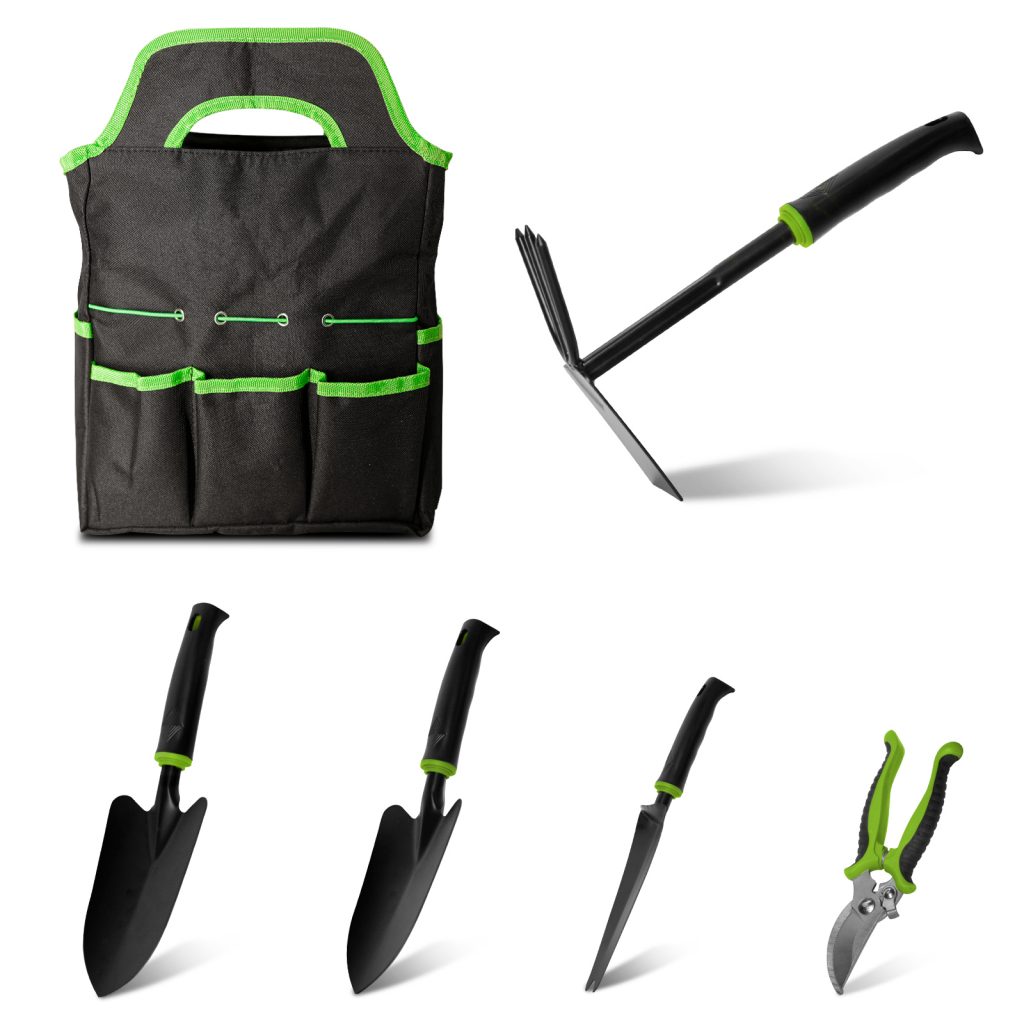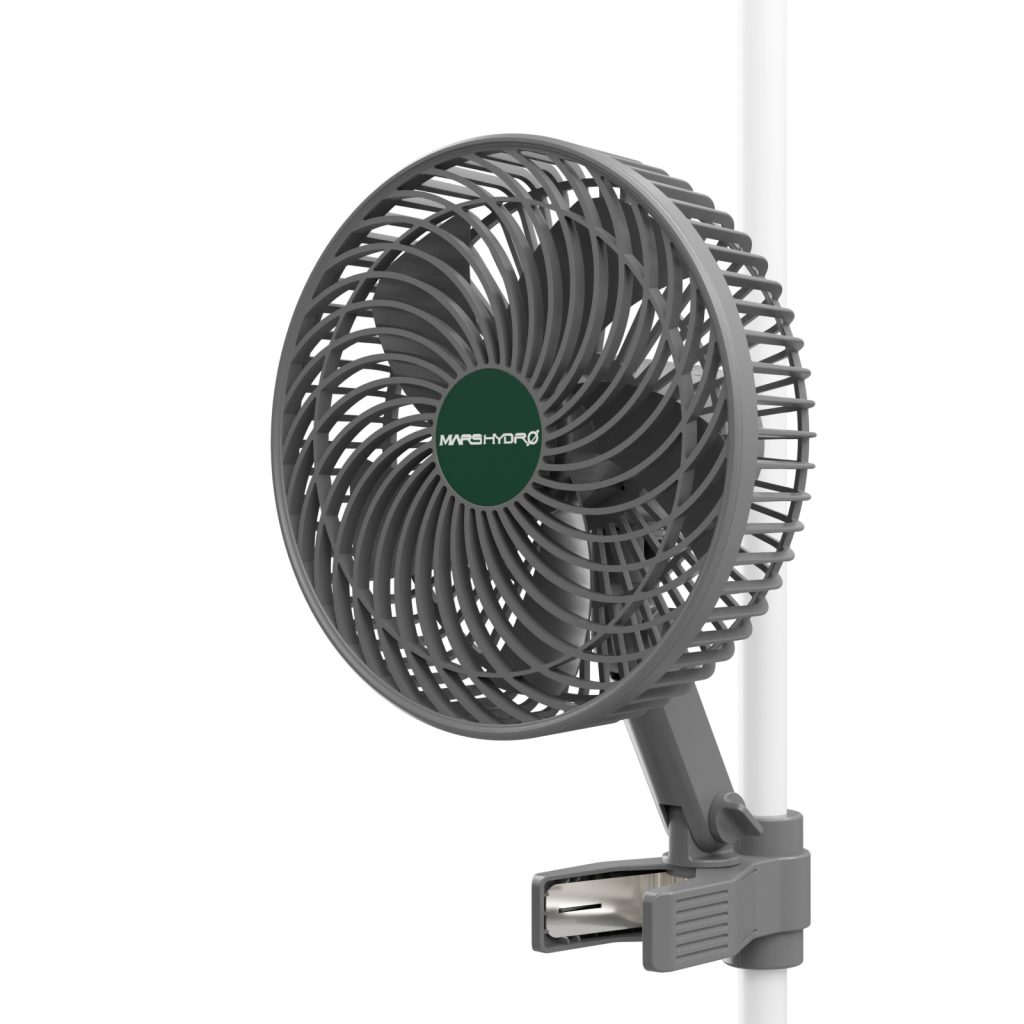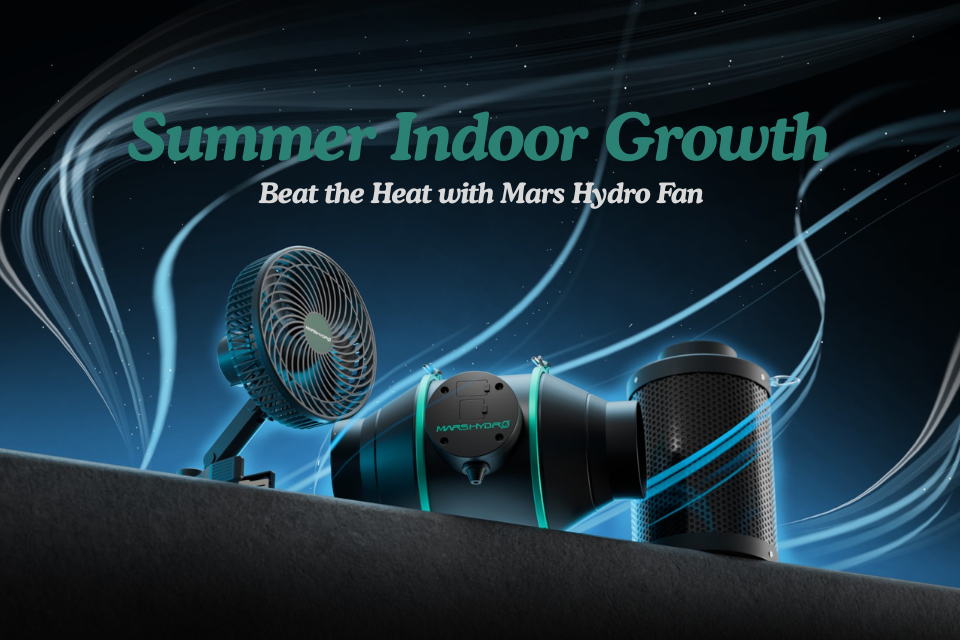Growing Cool with Mars Hydro Ventilation Series in Summer
Summer can be a challenging time for indoor growers. As outdoor temperatures rise, maintaining an ideal environment inside becomes more difficult. To keep your indoor plants thriving during the hottest months, proper ventilation is crucial. A good ventilation system controls temperature and humidity while providing a steady flow of fresh air, creating the perfect conditions for healthy growth.
For enclosed spaces like grow rooms and grow tents, using a combination of inline duct fans and oscillating clip-on fans is a great way to achieve this. Keep reading to discover practical ventilation tips that will help your indoor garden flourish all summer long!
Damages of High Temperatures on Plants
As indoor temperatures climb during summer, your plants face a range of serious challenges that can quickly affect their health and overall growth. Let’s break down the most common problems caused by excessive heat.
Faster Water Loss
When indoor temperatures climb, plants start to transpire more to cool themselves down. This means they lose water at a much faster rate. If not replenished, this can lead to dehydration, wilting, and stunted growth.
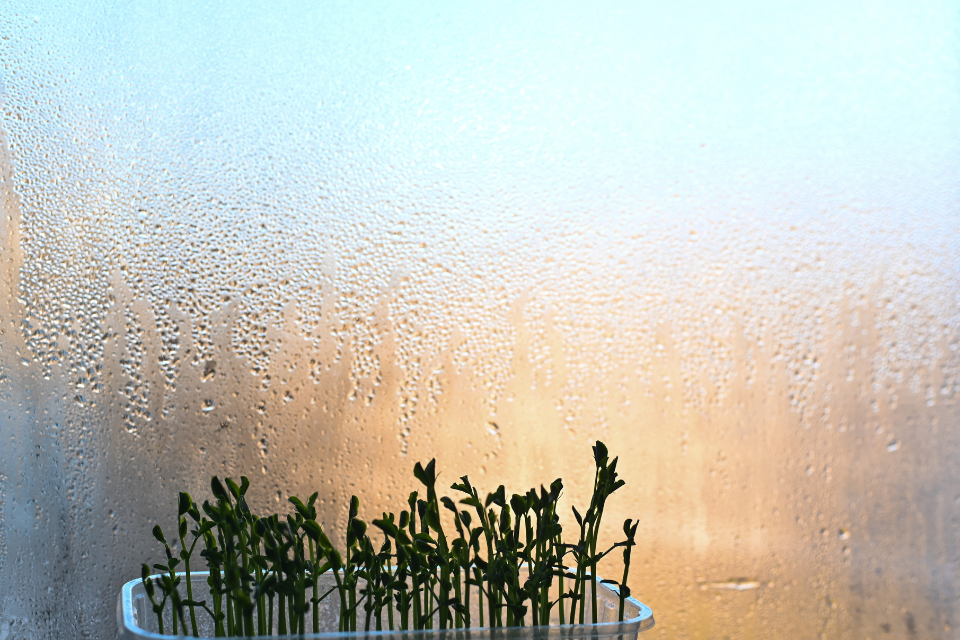
Higher Disease Risk
Heat often drives up humidity levels in enclosed grow spaces. While some humidity supports healthy growth, too much creates the perfect environment for diseases like powdery mildew and mold. These pathogens can spread fast, damaging leaves, weakening plants, and ultimately reducing yields.
Less Efficient Photosynthesis
Excess heat can lower CO₂ levels around your plants, making photosynthesis less efficient. Without enough CO₂, plants can’t produce the energy they need to grow strong and healthy, resulting in slower growth and weaker structures.
Poor Nutrient Uptake
Hot temperatures don’t just affect the canopy — they also heat the root zone. When roots get too warm, their ability to absorb water and nutrients is compromised. This can lead to nutrient deficiencies and stress, even if you’re providing a balanced feeding schedule.
Why Fans Are a Lifeline for Summer Planting
When it comes to indoor gardening in summer, fans play a crucial role in keeping your plants healthy and productive. Here’s how they help tackle the biggest seasonal challenges.
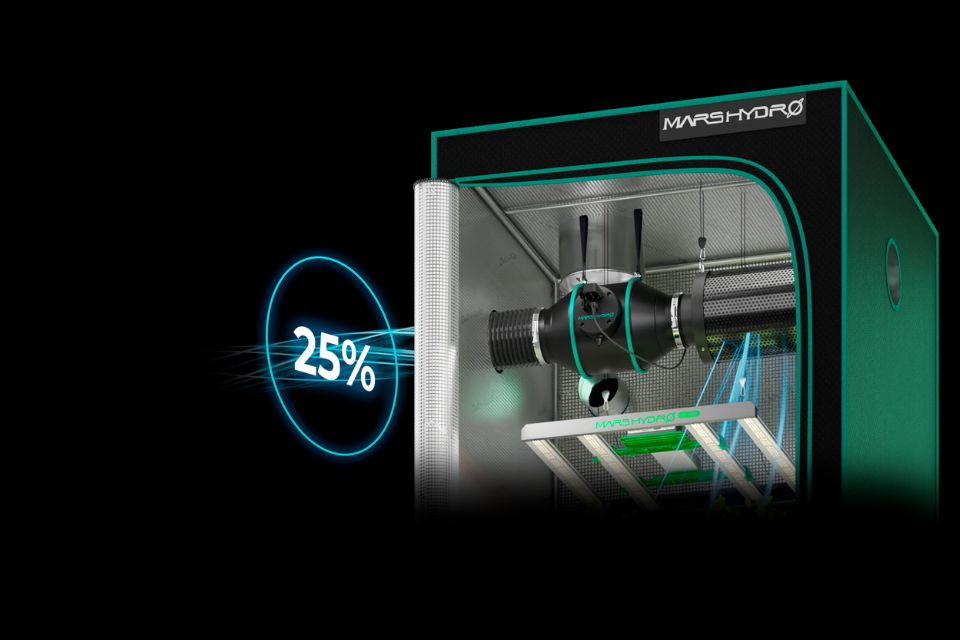
Controlling Temperature
Inline duct fans help move hot, stagnant air out of your grow space and bring in cooler, fresh air. By constantly refreshing the air, they help maintain a stable temperature, protecting your plants from heat stress and creating a more comfortable environment for growth.
Controlling Humidity
Fans help control excess humidity by promoting faster evaporation of moisture on plant surfaces and in the air. This reduces the risk of mold, mildew, and pest infestations, all of which love warm, damp conditions.
Improving Airflow
By continuously moving air throughout your grow space, oscillating fans help eliminate hot spots and ensure that every part of the area gets consistent ventilation, protecting your plants from leaf burn, uneven growth, and heat stress. The gentle airflow also mimics natural outdoor breezes, encouraging plants to develop thicker stems.
Boosting CO₂ Exchange
Strong airflow increases the availability of CO₂ around plant leaves, which is essential for efficient photosynthesis. With better CO₂ exchange, your plants can produce more energy, leading to stronger, faster growth and healthier development overall.
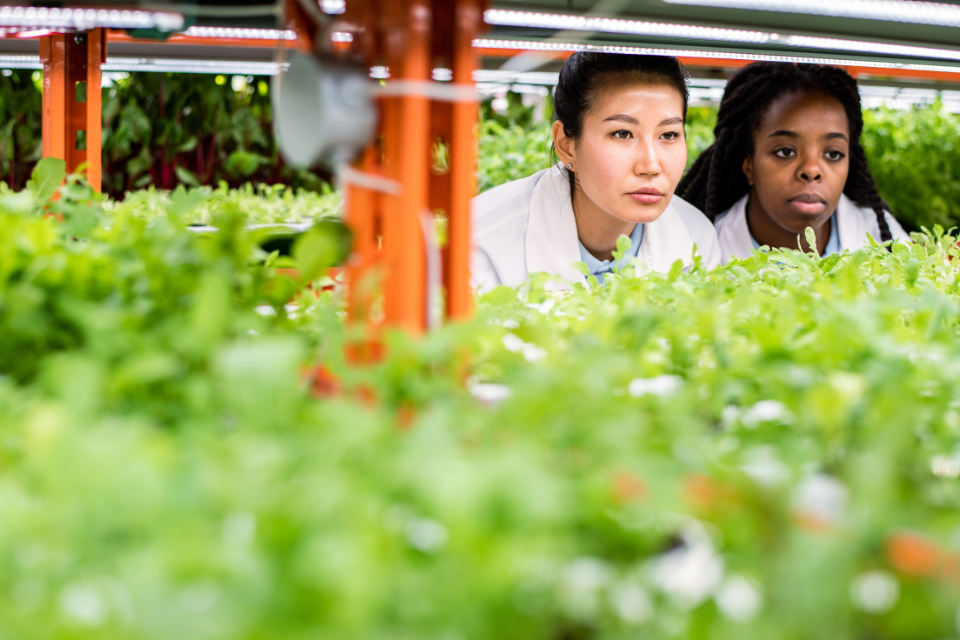
Recommendations for Selecting Indoor Fans
Selecting Fan Type
Inline duct fans and oscillating clip-on fans are the two most common choices for indoor gardening. Each has its strengths, and using them together is the best choice. Mars Hydro currently offers three modes of inline duct fans to suit different needs. Each model uses a mixed airflow design to provide powerful wind force and air volume with low noise. The main difference is the controller it comes with.
- Speed Controller Series: The Mars Hydro speed controller fan allows you to easily adjust the airflow using a simple knob, making it ideal for beginners. You can also pair it with an iTimer to set automatic on/off schedules and maintain consistent airflow without the need for constant manual adjustments.
- Thermostat Controller Series: The thermostat controller fan lets you set target temperature and humidity ranges directly on the controller. The fan automatically adjusts its speed to maintain these settings, helping to prevent sudden spikes and reduce plant stress.
- IFresh Smart Series: By adding the MarsPro Add-On Pack, you can connect your IFresh smart fan to the MarsPro APP for full smart control. You can monitor temperature, humidity, and VPD in real time; set advanced programs for the fan to execute automatically; and adjust the operating status and schedules remotely from anywhere.
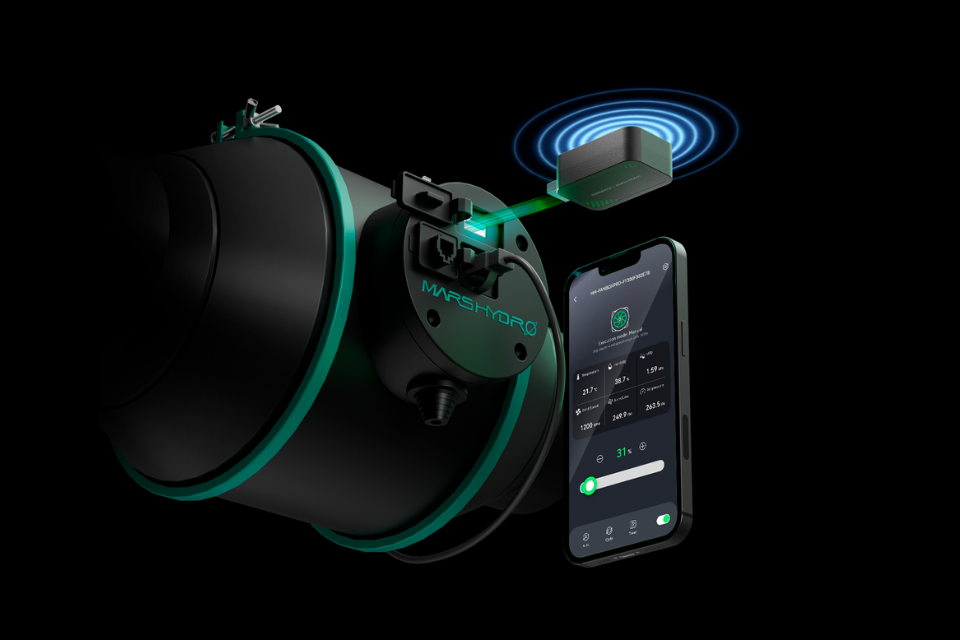
- Oscillating Clip-on Fans: Mars Hydro’s oscillating clip-on fan offers 10 fan speeds, adjustable head tilt, and automatic oscillation to provide sufficient air circulation for real-life situations. It also supports connection to the iHub Pro for intelligent control.
Selecting Fan Size
The Mars Hydro 4″ Inline Duct Fan provides 205 CFM of airflow, making it ideal for smaller grow tents, such as 2×2×3 ft, 2×2×4.5 ft, 2.3×2.3×5.3 ft, 2×4×5.9 ft, and 3.3×3.3×5.9 ft setups.
The Mars Hydro 6″ Inline Duct Fan delivers 402 CFM of airflow, making it better suited for larger spaces like 4×4×6.5 ft and 5×5×6.5 ft grow tents. For more details on choosing fan sizes, check out our previous blog post: What Size of Inline Fan Do I Need for My Grow Tent?
Summer Planting Ventilation Tips
Combine with a Carbon Filter
Using a carbon filter alongside your inline duct fan is an effective way to optimize the air quality. The activated carbon inside the filter traps and neutralizes unwanted smells, preventing them from escaping into your space. This not only keeps your grow area discreet but also helps maintain a cleaner environment by filtering out dust, mold spores, and other airborne impurities.
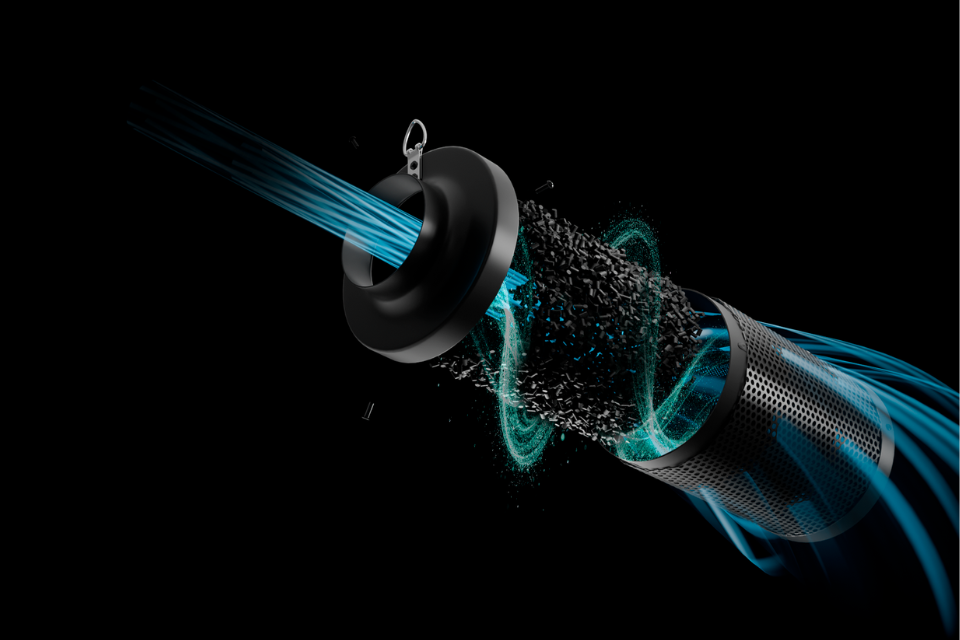
Ventilation System Setting
The inline duct fan setting depends on your special needs. One option is to install the carbon filter at the fan’s inlet. In this setup, both the fan and filter can be placed inside the tent, saving space outside and cleaning the air before it leaves. Alternatively, you can keep the filter inside and mount the fan outside the tent, which reduces noise and frees up more room inside.
Another option is to install the carbon filter at the fan’s. In this setup, the fan can stay inside while the filter sits outside, helping to reduce heat inside and providing more flexibility. Alternatively, you can place both the fan and filter outside the tent, which maximizes plant space and keeps heat and noise completely out of your grow area.
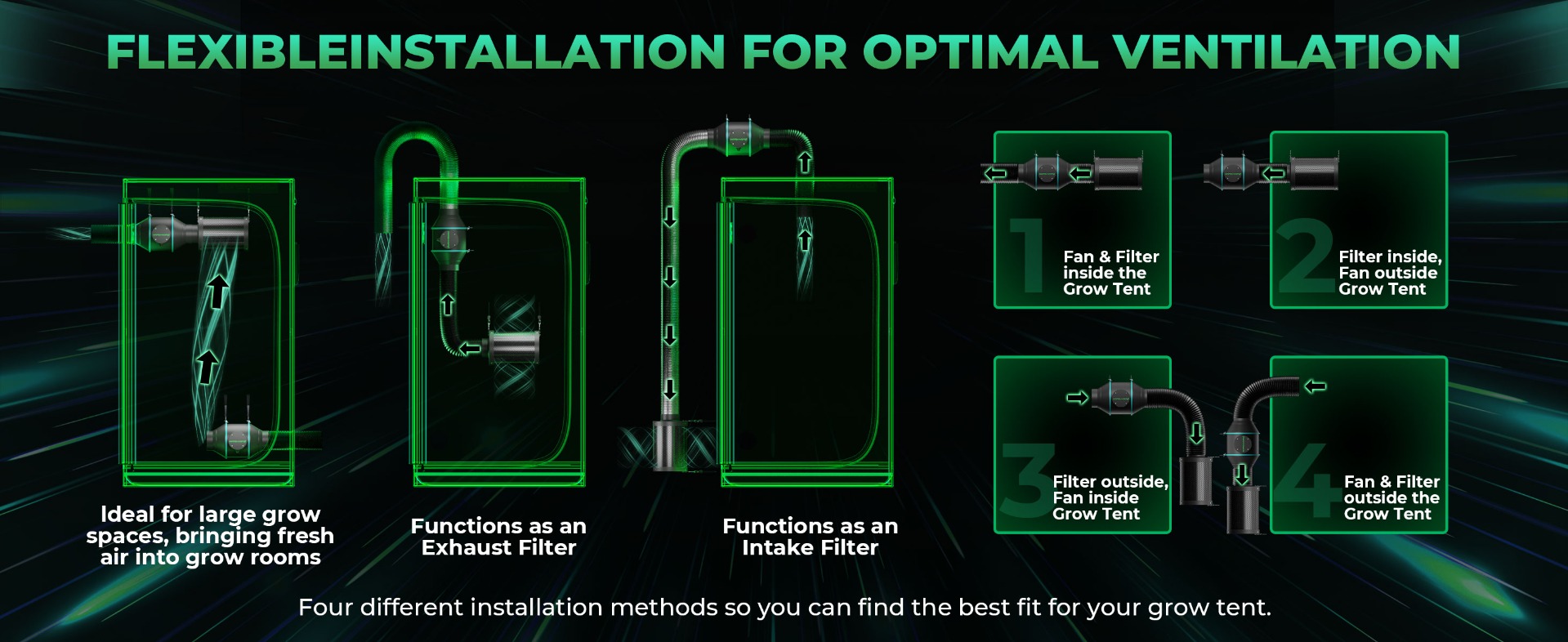
The oscillating clip-on fan should be clipped to a sturdy support inside the grow tent or grow room near your plants, positioning it at or just above canopy level. Angle it to create gentle airflow across the plants, turn on oscillation for even air circulation, and adjust the speed to avoid wind damage.
Conclusion
Good ventilation is key to a successful summer grow, keeping your plants healthy and thriving despite the heat. To get the best results, set up and optimize your fan and filtration system early.


